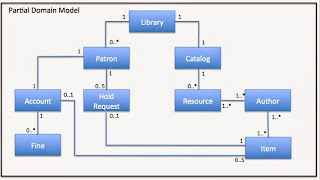Is it ok to call any form of agile prescriptive?
Definition: Prescriptive - giving exact rules, directions or instructions about how you should do something - from Merriam-Webster dictionary
Scrum lays out a specific set roles, events, artifacts and rules that bind them together. The Scrum Guide is only 16 pages, as compared to some other approaches. I know, I know:
- We do Scrum, but we don't find much use in having a retrospective...
- We do Scrum, but we don't meet daily instead we meet on Tuesday and Thursday.
- We do Scrum, but...
You can find the full description in the The Scrum Guide.
If you are doing Scrum and not some variation of Scrum, but, then you know there are set of specifics that are part of Scrum. If you're not doing the basics you're doing "Scrum, but."
